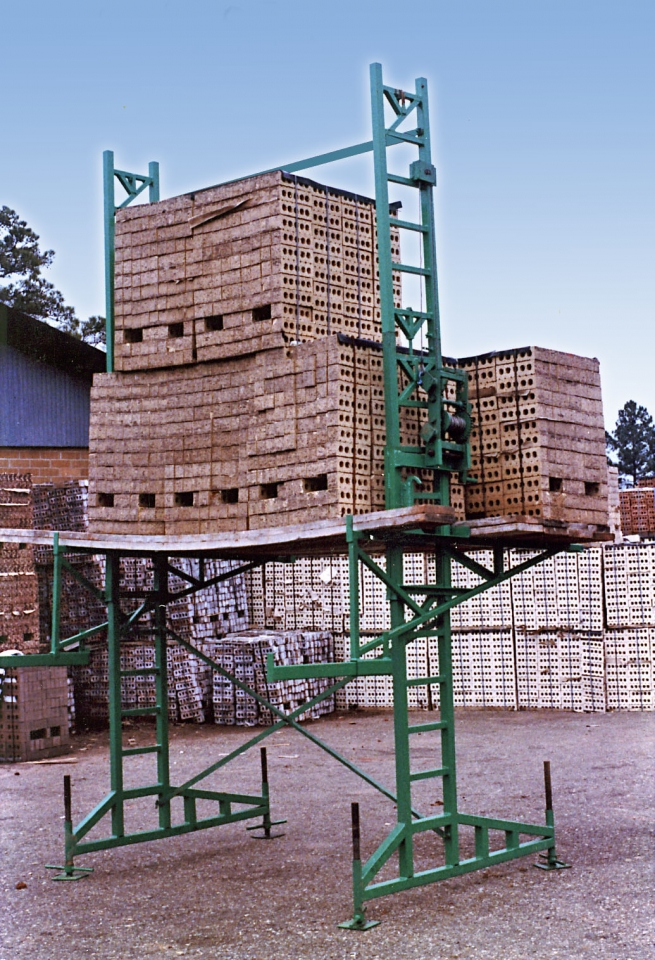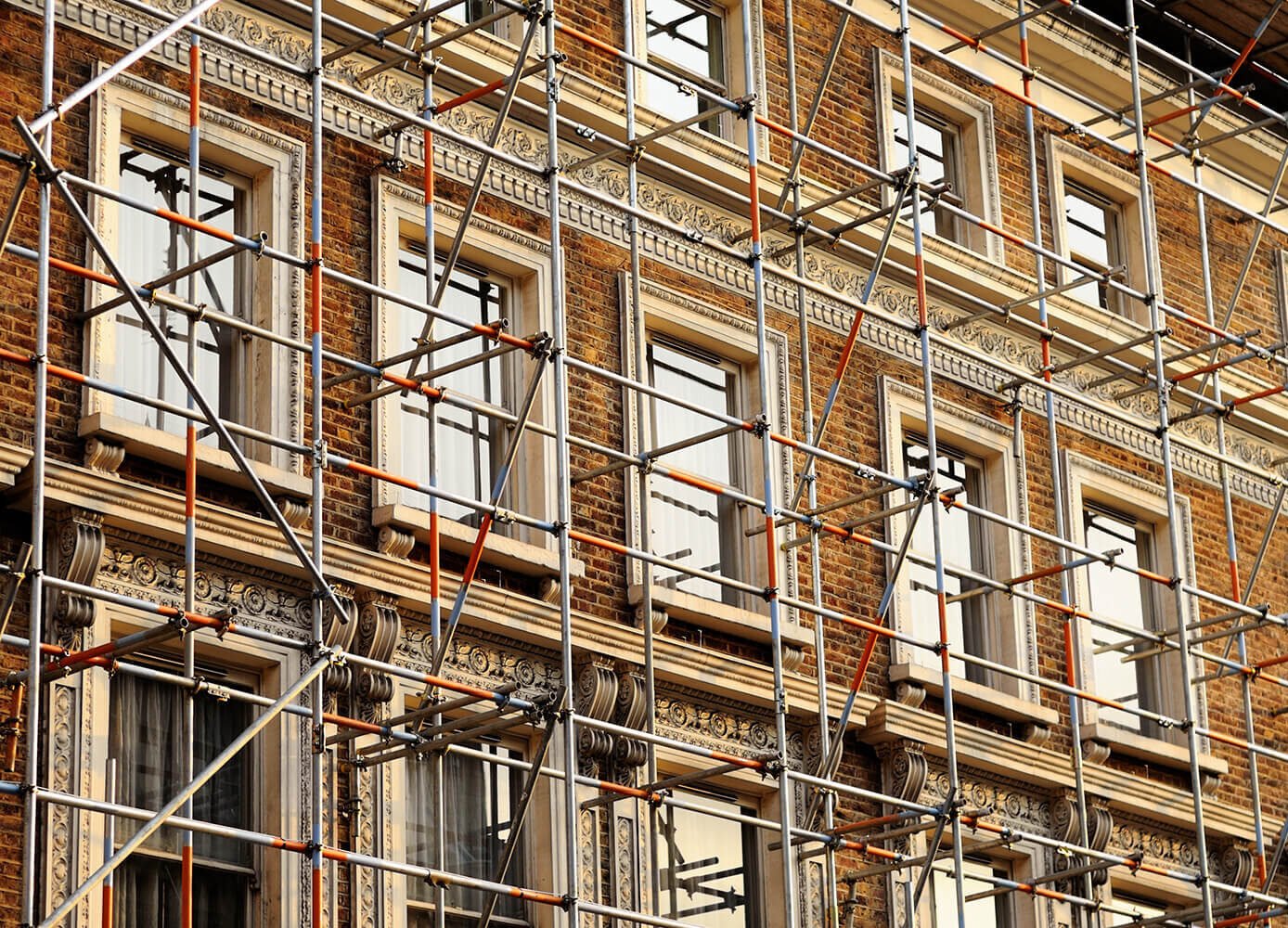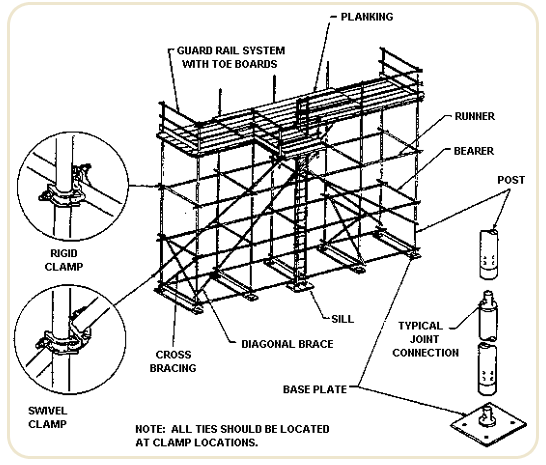Exploring the Numerous Sorts Of Scaffolding Used in Building And Construction Tasks
The construction industry relies heavily on different kinds of scaffolding to meet particular task demands, each offering unique benefits and applications. Traditional frame scaffolding gives a sturdy foundation for general tasks, while put on hold scaffolding is essential for work on high-rise structures.

Conventional Structure Scaffolding
Conventional structure scaffolding is among one of the most extensively used approaches in the construction market as a result of its robustness and flexibility. This system contains straight and upright structures that are assembled to produce a secure platform for materials and workers. The main components include upright blog posts, straight journals, and angled braces, which together offer a solid structure that can support significant loads.
Among the vital benefits of traditional structure scaffolding is its adaptability to different construction tasks, ranging from property buildings to big business structures. The modular layout permits easy setting up and disassembly, making it effective for both short-term and long-term tasks. Furthermore, the system can be customized in elevation and width, fitting various building styles and site problems.
Safety and security is critical in scaffolding applications, and traditional structure systems are furnished with guardrails and toe boards to avoid falls and make certain worker protection. Normal evaluations and adherence to security laws are important in maintaining the integrity of the scaffold (Scaffolding). On the whole, standard framework scaffolding stays a basic selection in the building sector, giving a trustworthy system for labor and enhancing overall project effectiveness

Suspended Scaffolding
Put on hold scaffolding offers an unique remedy for building and construction jobs that need access to elevated surfaces, especially in situations where typical structure scaffolding might be impractical. This kind of scaffolding is typically put on hold from the roofing or top levels of a structure, using a system of platforms, ropes, and pulley-blocks to create a working room that can be gotten used to different heights.
Among the key benefits of put on hold scaffolding is its versatility. It can be quickly rearranged or decreased to suit modifications in building and construction demands, making it ideal for tasks such as home window installation, frontage job, and upkeep on skyscrapers. In addition, the minimal footprint of put on hold scaffolding permits far better use ground area in metropolitan settings, where space is usually limited.
Safety and security is a crucial factor to consider in the usage of put on hold scaffolding. On the whole, suspended scaffolding supplies a effective and effective solution for accessing hard-to-reach locations in numerous building scenarios, boosting both performance and safety and security on website.
System Scaffolding
System scaffolding, typically considered a contemporary remedy in the scaffolding market, consists of pre-engineered components that can be promptly set up and adjusted for various building and construction jobs. Scaffolding. This type of scaffolding is identified by its modular style, which enables adaptability and efficiency on task sites, fitting structural requirements and various heights
Commonly made from high-strength steel or light weight aluminum, system scaffolding uses enhanced resilience and stability. The elements consist of upright posts, straight journals, and angled braces, which adjoin firmly, making sure a durable framework. The style frequently incorporates standardized installations, streamlining setting up and disassembly processes, thus reducing labor time and expenses.

Rolling Scaffolding
Moving scaffolding is a functional option to typical set scaffolding, developed for wheelchair and simplicity of usage on building websites. This kind of scaffolding includes a system sustained by frames with wheels, enabling workers to conveniently relocate it as needed. The flexibility feature substantially enhances productivity, as it lessens downtime related to assembling and taking apart dealt with scaffolding.
Typically created from lightweight products such as aluminum or steel, rolling scaffolding offers a tough yet portable remedy for projects needing frequent repositioning - learn this here now Scaffolding. It is especially beneficial in jobs such as painting, drywall setup, and electric job, where access to different elevations and places is needed
Safety is vital in rolling scaffolding layout, with features such as securing wheels to stop unexpected movement when in usage, and guardrails to protect workers from falls. In addition, several versions are adjustable in height, accommodating different task demands.
Cantilever Scaffolding

The layout of cantilever scaffolding usually includes utilizing arms or brackets secured to a building or structure, allowing the platform to prolong exterior securely. Security is extremely important; hence, these scaffolds must be crafted to withstand numerous lots and ecological problems. Routine evaluation and maintenance are vital to ensure structural integrity and employee safety and security.
Cantilever scaffolding is favored for its versatility and effective usage of space, making it a preferred choice in metropolitan environments where area restraints are common. In addition, it helps with less complicated access to high altitudes, ultimately contributing to the total efficiency of building and construction jobs. As with all scaffolding kinds, proper training and adherence to safety and security requirements are critical for workers using cantilever scaffolding.
Final Thought
Typical structure scaffolding offers stability, while put on hold scaffolding provides flexibility for elevated jobs. System scaffolding promotes fast assembly, and rolling scaffolding enhances mobility for differing work environments.
Conventional structure scaffolding gives a sturdy foundation for general best site jobs, while put on hold scaffolding is necessary for work on skyscraper structures.Rolling scaffolding is a functional alternative to conventional set scaffolding, made for mobility and convenience of usage on construction sites. As with all scaffolding kinds, proper training and adherence to safety and security requirements are crucial for employees using cantilever scaffolding.
Conventional structure scaffolding gives stability, while put on hold scaffolding uses adaptability for elevated tasks. System scaffolding facilitates fast setting up, and rolling scaffolding enhances wheelchair for varying work atmospheres.
Comments on “Temporary Roof Scaffolding to Ensure Safe Working Conditions During Projects”